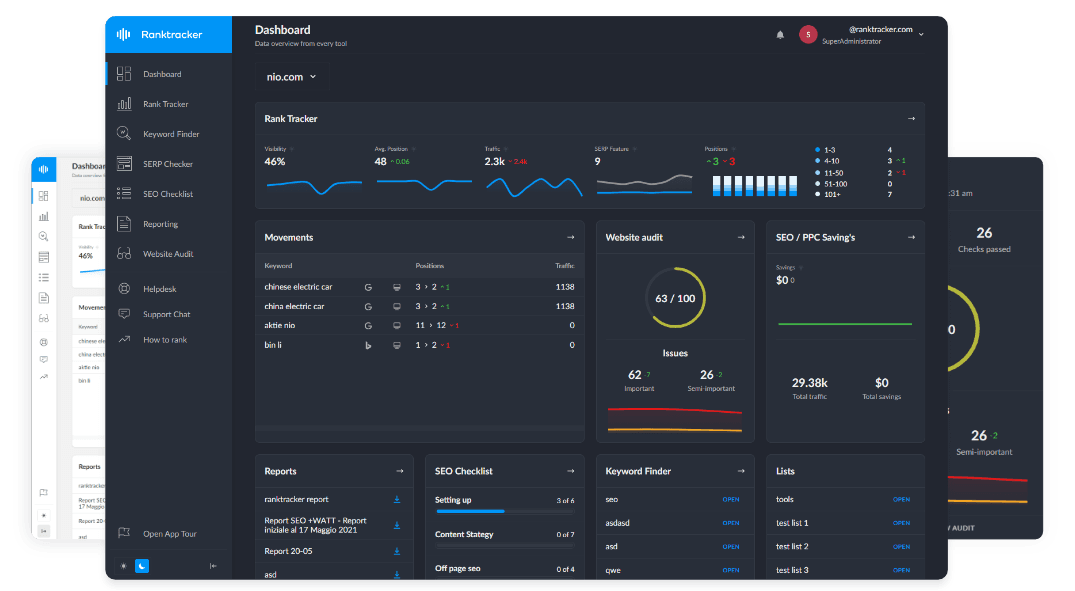Intro
A negative ranking state occurs when a webpage or website experiences a sudden or gradual drop in search rankings due to algorithm updates, technical issues, or SEO penalties. Identifying the cause is crucial for restoring lost traffic and rankings.
Why Negative Ranking States Matter:
- Reduces organic traffic and conversions.
- Lowers domain authority and trust signals.
- Increases competitor dominance in search results.
Causes of a Negative Ranking State
1. Google Algorithm Updates
- Core updates can shift ranking priorities based on new search criteria.
- Example: The Helpful Content Update lowered rankings for AI-generated and thin content.
2. Technical SEO Issues
- Slow site speed, broken links, or mobile-friendliness issues hurt rankings.
- Improper robots.txt settings can block Googlebot from crawling pages.
3. Content Decay & Relevance Loss
- Older content loses value when competitors publish fresher, updated material.
- Pages that fail to match search intent may drop in rankings.
4. Spammy or Toxic Backlinks
- Low-quality backlinks can trigger manual penalties or algorithmic demotions.
- Unnatural link-building tactics (PBNs, paid links) may lead to deindexing.
5. User Experience (UX) & Engagement Drop
- High bounce rates and low dwell time signal poor user satisfaction.
- Intrusive ads, pop-ups, and slow load times negatively impact rankings.
6. Google Penalties (Manual & Algorithmic)
- Thin, duplicate, or AI-generated spam content can trigger manual actions.
- Cloaking, hidden text, or keyword stuffing can lead to ranking suppression.
How to Recover from a Negative Ranking State
✅ 1. Identify the Ranking Drop Cause
- Use Google Search Console & Ranktracker’s SERP Checker.
- Check for Google penalty notifications or traffic drops.
✅ 2. Optimize Technical SEO Issues
- Improve site speed, mobile-friendliness, and indexability.
- Fix broken links, orphaned pages, and 404 errors.
✅ 3. Refresh & Enhance Content
- Update outdated content with new statistics, insights, and examples.
- Improve E-E-A-T (Experience, Expertise, Authoritativeness, Trustworthiness).
✅ 4. Clean Up Toxic Backlinks
- Use Google’s Disavow Tool for harmful backlinks.
- Focus on earning high-authority, relevant links.
✅ 5. Improve UX & Core Web Vitals
- Enhance page speed, readability, and accessibility.
- Remove intrusive pop-ups and excessive ads.
✅ 6. Align with Search Intent & Structured Data
- Match content with user expectations and intent.
- Implement FAQ, Breadcrumb, and Article Schema.
Tools to Track & Prevent Negative Ranking Drops
- Google Search Console – Detect ranking issues and penalties.
- Ranktracker’s Web Audit Tool – Identify technical SEO weaknesses.
- Ahrefs & SEMrush – Analyze backlinks and ranking fluctuations.
Conclusion: Preventing & Recovering from Negative Ranking States
A negative ranking state can be devastating for organic traffic, but proactive monitoring, technical SEO improvements, and content updates can help regain lost positions.

